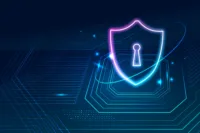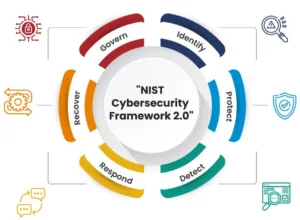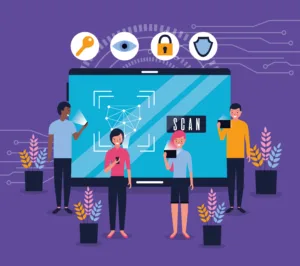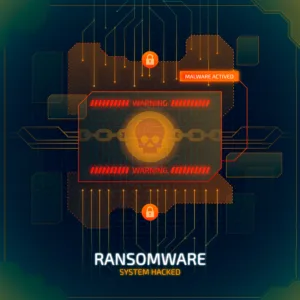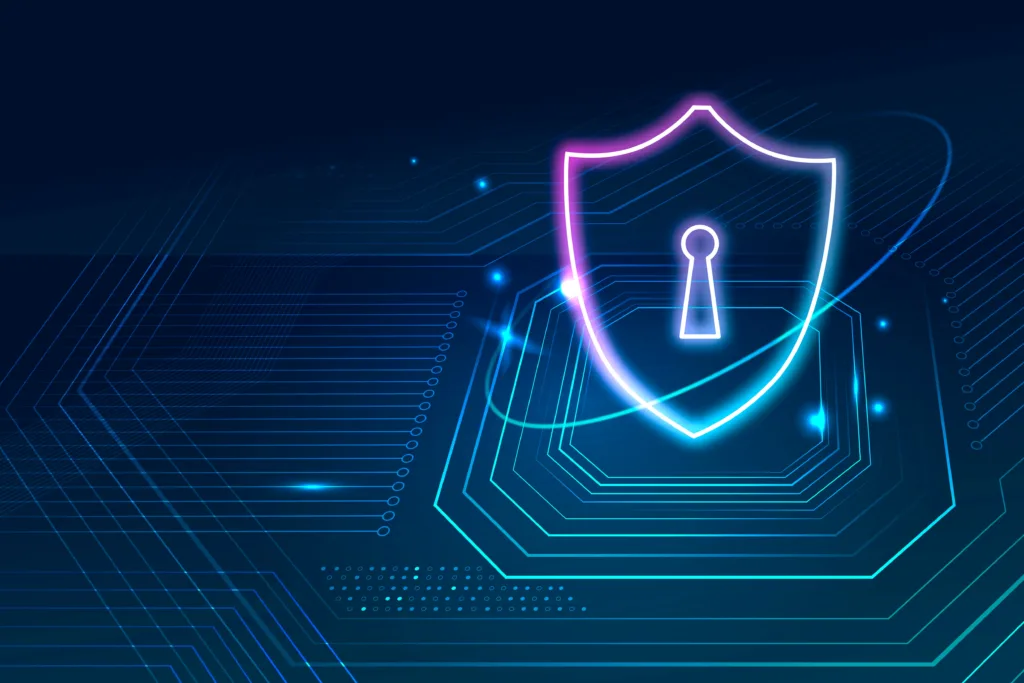
Table of Contents
Introduction – Cybersecurity 2.0
In the dynamic realm of the digital era, emphasizing the significance of cybersecurity remains paramount. As we step into 2024, the realm of digital threats has taken a leap, giving rise to what can be aptly termed as Cybersecurity 2.0.
In this blog post, we’ll explore the latest trends, challenges, and innovations that define the cybersecurity landscape in 2024, highlighting the imperative need for a robust defense in our increasingly interconnected world.
The Evolving Threat Landscape
The digital frontier is witnessing a profound shift in the nature of cyber threats. The era of simple viruses and malware as the predominant threats is a thing of the past. Today, sophisticated cybercriminals leverage advanced techniques, including artificial intelligence (AI) and machine learning (ML), to launch intricate attacks.
Cybersecurity 2.0 is not just about protecting against known threats but also about anticipating and mitigating the risks posed by emerging technologies.
Artificial Intelligence as a Double-Edged Sword
AI is at the forefront of both cyber defense and offense. On one hand, organizations are deploying AI-driven solutions to detect and respond to threats in real-time. On the other hand, cybercriminals are exploiting AI to craft more targeted and evasive attacks.
This AI arms race has given rise to a new era in cybersecurity, where machine learning algorithms continuously adapt to evolving threats, making traditional signature-based defenses obsolete.
Zero Trust Architecture
As the traditional perimeter-based security model becomes increasingly inadequate, the concept of Zero Trust Architecture has gained prominence. In Cybersecurity 2.0, trust is never assumed, and verification is constant. All user, device, and application is treated as potentially untrusted, requiring continuous authentication and authorization.
This approach enhances security by minimizing the attack surface and mitigating the impact of potential breaches.
The Role of Quantum Computing
While quantum computing holds the promise of solving complex problems at an unprecedented speed, it also poses a significant threat to current cryptographic methods. In 2024, the cybersecurity community is grappling with the need to develop quantum-resistant encryption algorithms to secure sensitive information in the post-quantum era.
The race is on to stay ahead of quantum-powered threats, marking a critical aspect of Cybersecurity 2.0.
Ransomware Resurgence
Ransomware attacks have experienced a resurgence, becoming more targeted and sophisticated. In 2024, cybercriminals are not only encrypting data but also exfiltrating sensitive information, increasing the stakes for victims. The rise of ransomware-as-a-service (RaaS) models has democratized cybercrime, allowing even those with limited technical expertise to participate in lucrative attacks.
Combatting this menace requires a multi-faceted approach that combines advanced threat detection, employee training, and robust backup strategies.
Regulatory Landscape and Compliance
Governments and regulatory bodies worldwide are responding to the escalating cyber threats by enacting stringent cybersecurity regulations. Compliance has become a non-negotiable aspect for organizations across industries.
Cybersecurity 2.0 necessitates a proactive approach to compliance, ensuring that organizations not only meet regulatory requirements but also go above and beyond to safeguard customer data and privacy.
Human-Centric Cybersecurity
In 2024, the weakest link in the cybersecurity chain remains human behavior. Phishing attacks, social engineering, and insider threats persist as significant challenges. Cybersecurity 2.0 places a strong emphasis on human-centric approaches, including continuous employee training, awareness campaigns, and the promotion of a cybersecurity culture within organizations.
Recognizing that people are both the target and the first line of defense is crucial in mitigating the human factor in cyber risks.
Collaboration and Threat Intelligence Sharing
The interconnected nature of the digital ecosystem demands a collaborative approach to cybersecurity. Threat intelligence sharing among organizations, industries, and even nations has become imperative. In Cybersecurity 2.0, the battle against cyber threats is a collective effort.
Collaborative initiatives, such as Information Sharing and Analysis Centers (ISACs), play a pivotal role in disseminating timely threat intelligence and strengthening the overall cyber defense posture.
Conclusion
As we navigate the digital frontier in 2024, the landscape of cybersecurity has undergone a paradigm shift. Cybersecurity 2.0 is not merely an upgrade; it represents a fundamental rethinking of how we approach and respond to cyber threats. With the integration of advanced technologies, a shift in mindset toward zero trust, and a focus on human-centric approaches, organizations can better defend against the ever-evolving tactics of cyber adversaries.
In this dynamic environment, staying ahead requires not only technological prowess but also a commitment to collaboration, adaptability, and a relentless pursuit of cyber resilience. As we embrace the challenges of Cybersecurity 2.0, we fortify our digital future and pave the way for a safer and more secure online world.
Read more on https://cybertechworld.co.in for insightful cybersecurity related content.
